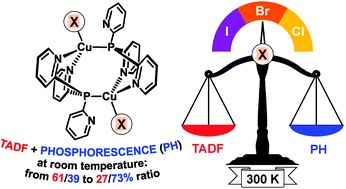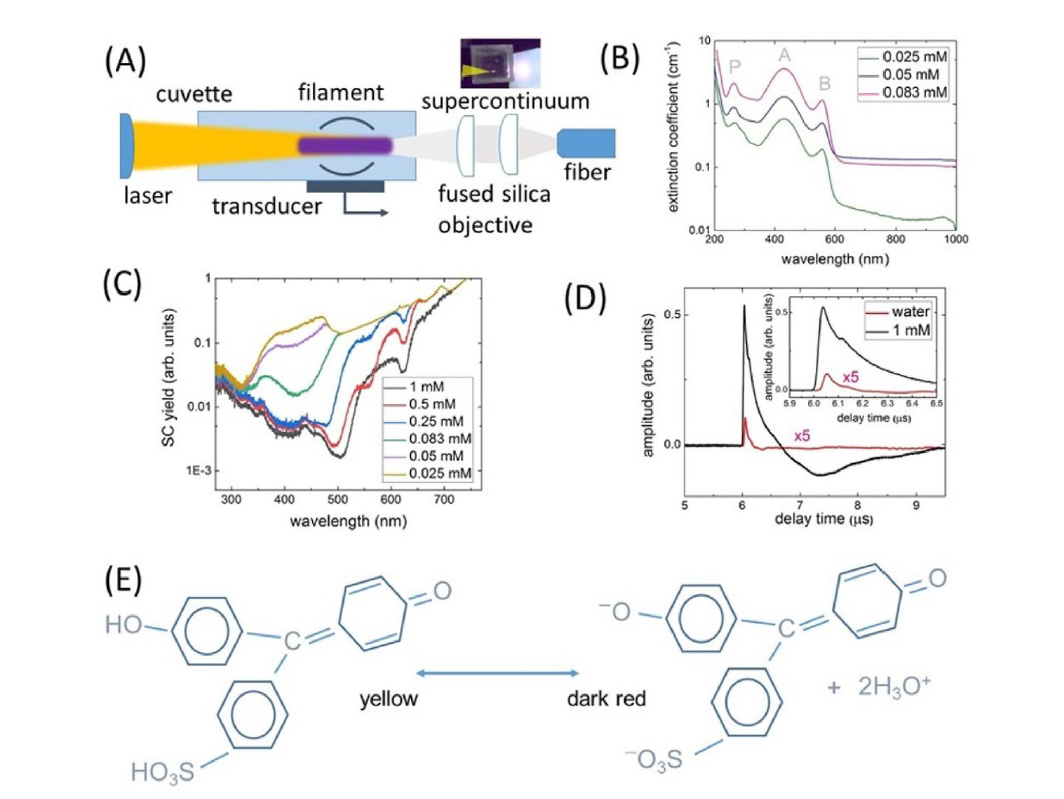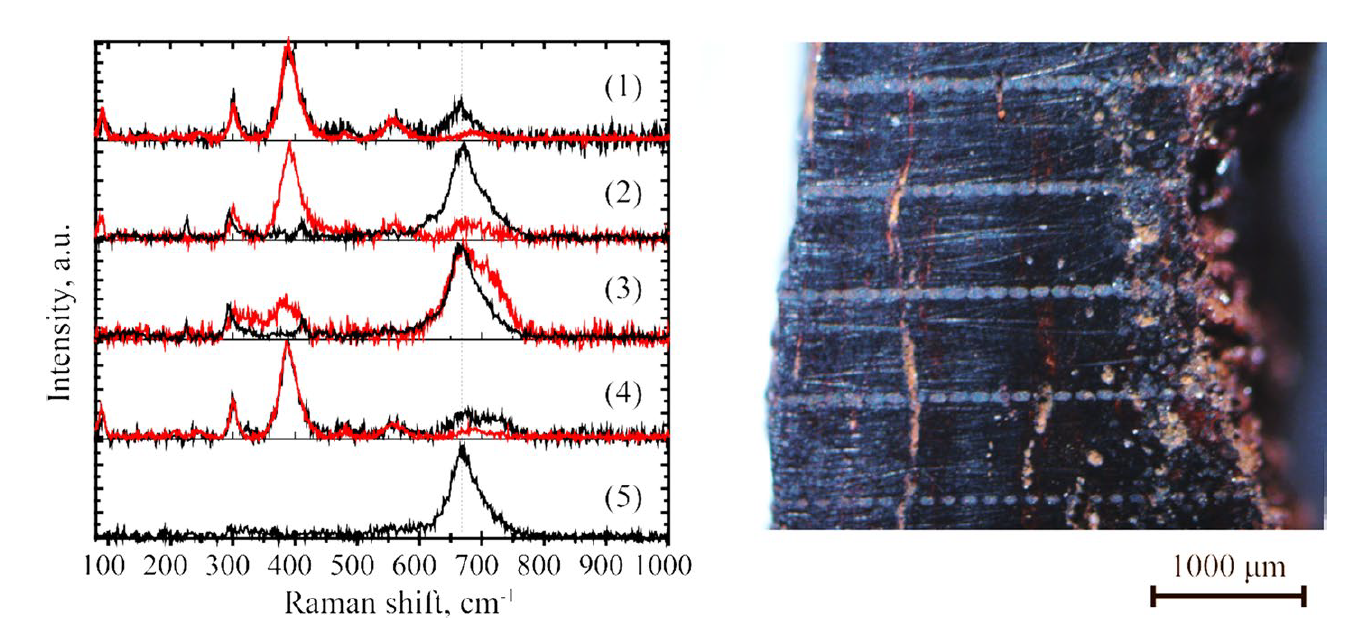Категория: Новости.
Введено в эксплуатацию новое уникальное оборудование "Комплекс люминесцентной микроскопии с временным разрешением Nikon Ti2-E "
Данная уникальная научная установка (УНУ) предназначена для регистрации микроскопических изображений на основе анализа интенсивности люминесценции и времен жизни люминесценции при возбуждении лазерными источниками излучения.
В состав приборного комплекса входит инвертированный конфокальный люминесцентный биологический микроскоп Nikon Ti2-E, система FLIM/PLIM микроскопии Becker&Hickl, фемтосекундный лазер модель MAI TAI HP Spectra-Physics.
Категория: Новости.
by A. Baranov, A. Berezin, D. Samsonenko, A. Mazur, P. Tolstoy, V. Plyusnin, I. Kolesnikov, A. Artem’ev
Dalton Trans., 49, 3155-3163.
https://doi.org/10.1039/D0DT00192A

A series of Cu(I) halide complexes derived from tris(2-pyridyl)phosphine (Py3P), [Cu2(Py3P)2X2] (X = Cl, Br, I), have been synthesized by a straightforward reaction in solution or through a mechanochemical route. At room temperature, the solid complexes exhibit bright dual-mode photoluminescence (λmax = 520–550 nm, τ = 14.5–20.0 μs, and ΦPL ≈ 53%), expressed by thermally activated delayed fluorescence (TADF) combined with phosphorescence (PH), originating from 1(M + X)LCT and 3(M + X)LCT excited states, respectively. Remarkably, the balance of these radiative processes at 300 K is regulated by halogen atom nature, switching from TADF-assisted phosphorescence to PH-admixed TADF. The emission of [Cu2(Py3P)2Cl2] at 300 K is largely contributed by PH (73%) admixed with the TADF fraction (27%) and [Cu2(Py3P)2Br2] also emits mainly PH (65%) admixed with the larger TADF fraction (35%). Meanwhile, for [Cu2(Py3P)2I2], the TADF channel becomes dominating (61%) and PH contribution drops to 39%. The photophysical study corroborated by (TD)DFT computations has revealed that this effect arises mainly from the narrowing of the ΔE(S1 − T1) gap of the [Cu2(Py3P)2X2] complexes in the order Cl (1500 cm−1) > Br (1250 cm−1) > I (1000 cm−1) which facilitates the TADF pathway and suppresses PH in the same order.
Категория: Новости.
by S. Kudryashov, A. Samokhvalov, S. Shelygina, A. Karabutov, G. Tsibidis, D. Pankin, V. Veiko
Laser Physics Letters, 17, 105302, 1-6.

The ultrasonic characterization of the propagation of femtosecond laser pulses in pure transparent water and colored phenol-red dye solutions at variable concentrations indicates their thermoacoustic pressure generation due to intrinsic multi-photon absorption in the low-power sub-filamentation regime and sub-linear pressure response of sub-critical plasma via free-carrier absorption in the filamentation regime. Multi-photon absorption appears to be concentration dependent for water and dye solutions, while plasma absorption demonstrates a universal trend for all these liquids. In the filamentation regime, through the non-linear laser-matter interactions, not only new optical frequencies (intense white-light supercontinua) were generated, but supercontinuum-based ultrafast broadband spectroscopy in the filaments also revealed many additional transient absorption bands of the dye molecules, induced via power-dependent and concentration-independent stimulated Raman scattering.
Категория: Новости.
by D. S. Prokuratov, A. S. Davtian, O. S. Vereshchagin, N. S. Kurganov, A. A. Samokhvalov, D. V. Pankin, A. V. Povolotckaia, A. A. Shimko, A. A. Mikhailova, P. A. Somov, V. A. Parfenov
Optical and Quantum Electronics, 52(2), 113, 1-12
https://doi.org/10.1007/s11082-020-2231-z

The paper presents the results of research investigating the possibility of applying laser cleaning for controlled layer-by-layer removal of iron corrosion from gilded silver foil on a medieval nomad’s belt pad. Lasers irradiated at the wavelengths of 355, 532, 1064 nm, 2.97, 10.6 μm were tested. A comparison of pulse durations of 100 μs, 100, 8, 6 ns, 75 ps, 100 fs were conducted. Corrosion samples were irradiated in various media: air, argon atmosphere, water, ethanol, engine oil, glycerin. In all of these cases removing of material occurred, but it was accompanied by surface blackening due the burnt organics and to thermal transformation of the goethite and lepidocrocite into magnetite. The best results from the point of view of achieving delicate cleaning and minimal conversion of goethite to magnetite were obtained by the Ti:Sa laser with a 100 fs pulse duration.

 Русский (РФ)
Русский (РФ)  English (UK)
English (UK) 


